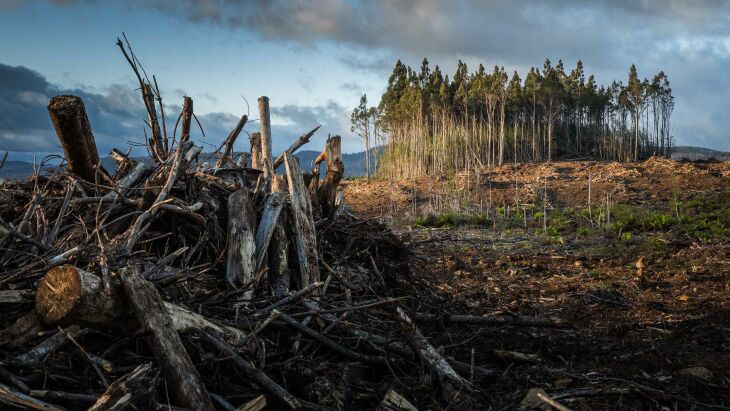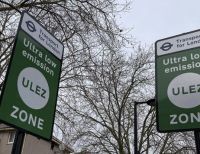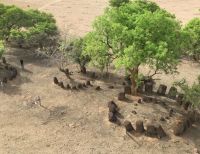The world's first
biodiversity-adjusted
sovereign credit ratings shows how ecological destruction affects public finances – driving downgrades, debt crises and soaring borrowing costs, according to a team of economists led by Cambridge University.A new report suggests that loss of plant and animal species may already be set to cause major sovereign downgrades, with China and Indonesia on course to drop two notches as early as 2030 under a business-as-usual scenario.
If parts of the world see a “partial ecosystems collapse” of fisheries, tropical timber production and wild pollination – as simulated by the World Bank – then more than half the 26 nations studied would face downgrades, with India falling four notches and China plummeting by six on the 20-notch scale.
Across the 26 countries, these downgrades would increase the annual interest payment on debt by up to US$53 billion a year, leaving many developing nations at significant risk of sovereign debt default – in effect, bankruptcy.
Economists say their AI-driven simulations are cautious – only covering fisheries, timber and pollinators, while in reality nature loss degrades everything from human health to farmable soil – as risk from biodiversity loss is extremely difficult to quantify, and considered a “Holy Grail of environmental finance”.
Sovereign ratings assess the creditworthiness of nations, covering over US$66 trillion in sovereign debt. The agencies behind these ratings act as gatekeepers to global capital.
Currently, agencies such as Moody’s and Standard & Poor’s assess difficult-to-quantify financial risks such as possible geopolitical events, but largely ignore the economic consequences of ecological degradation.
A team of economists from the universities of Cambridge, East Anglia, Sheffield Hallam, and SOAS University of London, argue that “nature-blind” investors cannot manage risk effectively, and omitting biodiversity loss from calculations could “undermine market stability”.
“It is not just the financiers that lose out,” said lead author Dr Matthew Agarwala, from Cambridge University’s Bennett Institute for Public Policy.
“Increased sovereign risk sees markets demand higher risk premia, meaning governments – and ultimately, tax payers – pay more to borrow"
Dr Matthew Agarwala
“As nature loss reduces economic performance, it will become harder for countries to service their debt, straining government budgets and forcing them to raise taxes, cut spending, or increase inflation," said Agarwala.
"This will have grim consequences for ordinary people.”
The report, supported by the Finance for Biodiversity Initiative, is published today, and will be discussed at a public webinar in September 2022.*
Nature and biodiversity provide “ecosystem services” – from bees that pollinate crops to plants that regenerate soil and prevent flooding – the loss of which carries hefty economic costs.
“Economies reliant on ecosystems face a choice: pay now, by investing in nature, or pay later through higher borrowing costs and spiralling debt,” said study co-author Dr Matt Burke, Senior Lecturer at Sheffield Hallam University.
“The ‘pay now’ option generates long-term returns for people, business and nature. The ‘pay later’ option has significant downside risks, with little or no upside.”
Building on research published last year by the World Bank, the latest report charts the credit ratings of 26 nations across three different scenarios.
These are a halt to biodiversity loss, as well as a ‘business as usual’ scenario in which nature declines at current rates, including the loss of 46 million hectares of wilderness by 2030.
The team also looked at a “tipping point” scenario in which ecosystems suffer partial collapse, creating a 90% reduction in services across marine fishing, wild pollination, and provision of timber from tropical regions, where loss of natural forest is most acute.
















